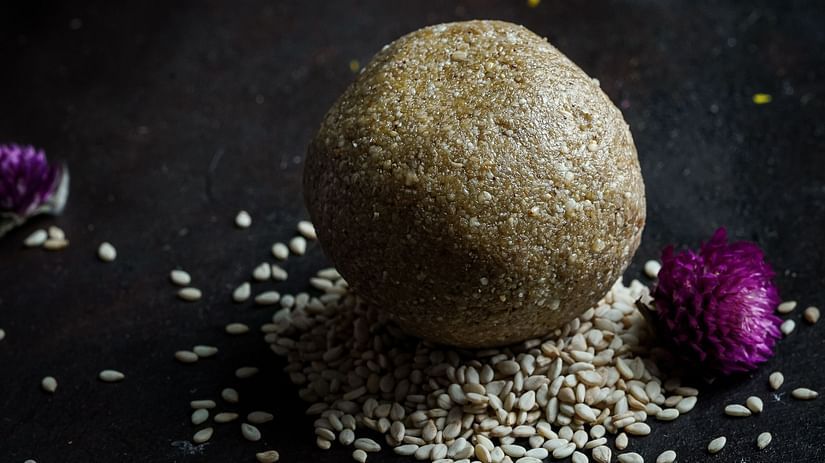- Srivari Mettu, Srinivasa Mangapuram
- Plan Your Memorable Trip to Tirupati: A Complete Guide
- Must Visit Markets in Tirupati
- Govindaraja Swamy Temple, Tirupati
- Tirupati Zoo
- Tirumala Museum
- Tirupati Hill Face
- Gangamma Temple in Tirupati
- New Year in Tirupati
- Street Shopping in Tirupati
- Things To Do in Tirupati
- Best Time To Visit Tirupati Balaji
- Monsoon in Tirupati
- Tirupati Tourism
- Places to Visit in Tirupati
- History of Tirupati City
- Things to Do in Tirupati
- Tirupati Balaji Puja
- Yoga in Tirupati
- Trekking in Tirupati
- Famous Food in Tirupati
- Kodandarama Temple Tirupati
- Silathoranam Tirupati
- Chennai to Tirupati by Road
- How to Reach Tirupati From Bangalore
- Brahmotsavam in Tirupati
- Srikalahasti Temple, Tirupati
- The Holy Steps of Venkateswara
- Waterfalls in Tirupati
- Sacred Journey: Hyderabad to Tirupati
- The Sacred Swami Pushkarini
- Seven Hills of Tirupati
- The Glorious Sri Padmavathi Ammavari Temple
- The Top 5 Richest Temples in India
- The History of Tirupati Hair Donation
- Things to Buy in Tirupati
- The Sensational Tirupati Laddu
- How to Reach Tirupati
- Interesting Facts About Tirupati Balaji
- All You Need to Know About Chandragiri Fort
- Exploring Sri Bhoo Varaha Swamy Temple
- The Best Time to Visit Tirupati
- The Mysterious Talakona Waterfall in Tirupati
- 3 Day Tirupati Itinerary
- The History of Tirupati Balaji Temple
- Explore Sri Venkateswara Wildlife Sanctuary
- Popular Hills near Tirupati to Visit
- A Guide to The Best Foods in Tirupati
- A Spiritual Journey at the Temples of Tirupati
- A Guide to Tirumala Sightseeing
- Explore the Famous Temples of Andhra Pradesh
- Tirupati Balaji Darshan Guide
- The Mystery Behind Lord Venkateshwara's Closed Eyes
- The Significance of Balaji Jayanthi
A pilgrim city in Andhra Pradesh, Tirupati is a land of multiple revered temples. Homeland to the popular Tirupati Balaji Temple, the city is celebrated for its breathtaking waterfalls, temples and of course, laddus. Also known as Sri Vari Laddu, this mouth-watering dish is extremely prevalent in the city and is served at the iconic Tirumala Venkateswara Temple.

Tirupati Laddu’s History
Finding its inception 300 years ago, the sensational Tirupati laddu is celebrated for its unique taste and texture. The first holy offering of the sweet was documented on August 2, 1715. It was prepared by the temple officials at Lord Venkateswara's hill shrine. The laddu that we see currently acquired its presence and shape under the Madras Government circa 1940 after undergoing almost 6 iterations. According to ancient inscriptions, the existence of the laddu was well documented in 1480, and was labelled as “manoharam”.
The magician behind the creation of the famous Tirupati laddus is Kalyanam Iyengar. He was the one to introduce the popular Mirasidari System to create the sweet. People responsible for preparing the laddus in the kitchen were called Gamekar Mirasidars, who also used to get a share from the batch till 2001!
How to prepare it?
The necessary Tirupati Laddu ingredients that are crucial in making the ambrosial sweet comprise flour, oil, sugar, ghee, dry fruits and cardamom. If stored properly, its shelf life can stretch up to 15 days. Before the discovery of LPG, these sweets were made using firewood. About 620 people are employed for the tumultuous process of cooking the laddus. To support the preparation, the temple’s kitchens went through heavy customisation, such as installing escalator belts and boondi boxes.
Types of Tirupati Laddus
There are 3 different types of laddus that are cooked - Asthanam, Kalyanotsavam and Proktham laddus. Asthanam laddus are made with saffron flowers, cashews and almonds. These laddus are created only on special occasions. Kalyanotsavam, as the name suggests, are prepared and distributed to devotees of Kalyanotsavam. These laddus are comparatively bigger in size. Proktham laddus are the common laddus that are made and spread amongst pilgrims. These laddus are prepared in bulk.
Due to its ubiquitous presence, the laddus were patent protected. To prevent black marketing of the sweets, the Tirumala Tirupati Devasthanams offered a Geographical indication tag for Tirupati laddus since 2008.
Laddus have become synonymous with Tirupati. From online orders to physically bringing them back home as souvenirs, Tirupati laddus are well-liked. If you visit the sacred city to experience the unmatched taste of the laddus, make sure to reserve a quiet and peaceful stay at Raj Park Hotel, Tirupati.